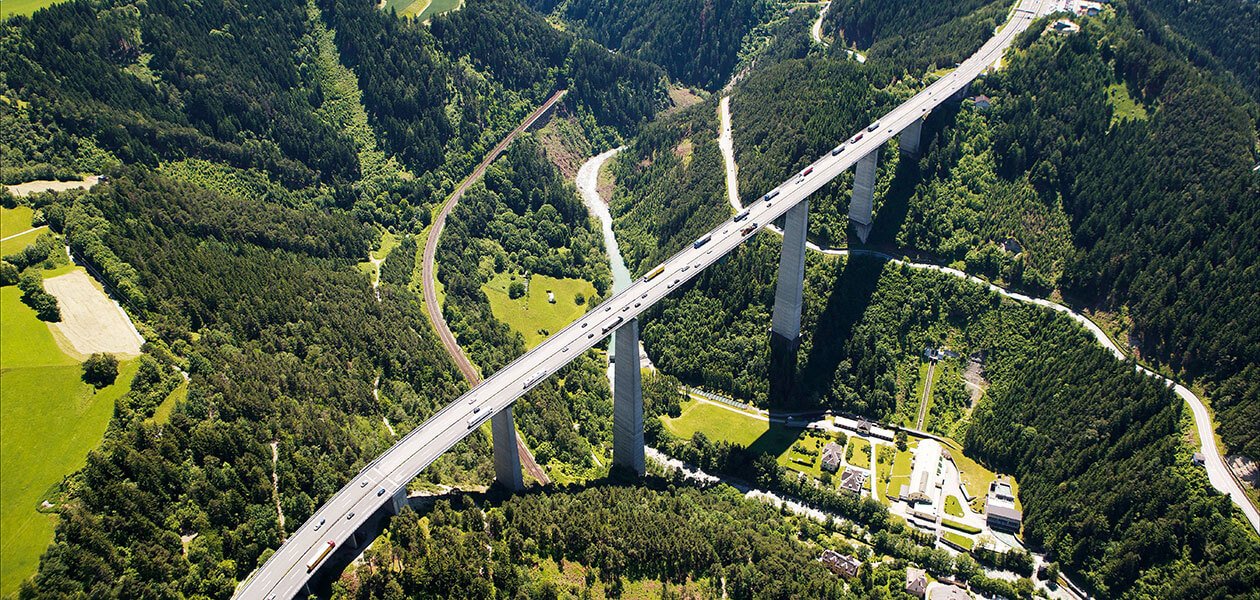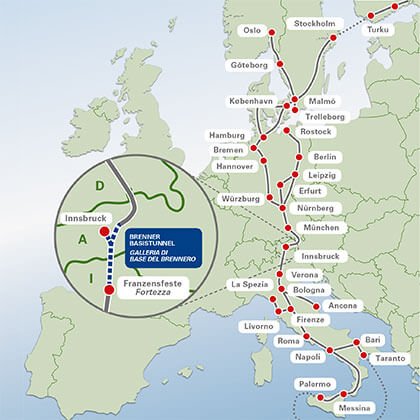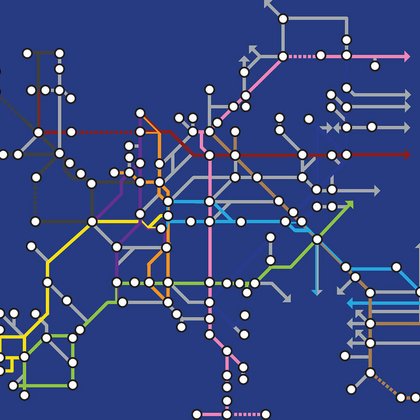
European dimension
The Brenner Base Tunnel is a horizontal railway line running through the Alps; a railway line for the future. The Brenner Base Tunnel is the main element of the new Brenner railway from Munich to Verona. At 64 km, it is the longest underground railway connection in the world, a pioneering work of engineering and it will markedly improve passenger travel and freight transport through the heart of Europe.
The Brenner Base Tunnel is the heart of the Scandinavia-Medterranean TEN Corridor from Helsinki (Finland) to La Valletta (Malta). The European Union is promoting the expansion of this transnational multimodal corridor and considers this work to be high-priority. The Brenner Base Corridor, as a cross-border project linking Austria and Italy, is particularly important.
The BBT is meant primarily for freight transport, allowing a modal shift of traffic from road to rail. Passenger trains can also travel through the tunnel. Thanks to the virtually horizontal tunnel train traffic will no longer have to contend with the steep up- and downhill slopes on the Brenner railway line that by now is over 150 years old.



